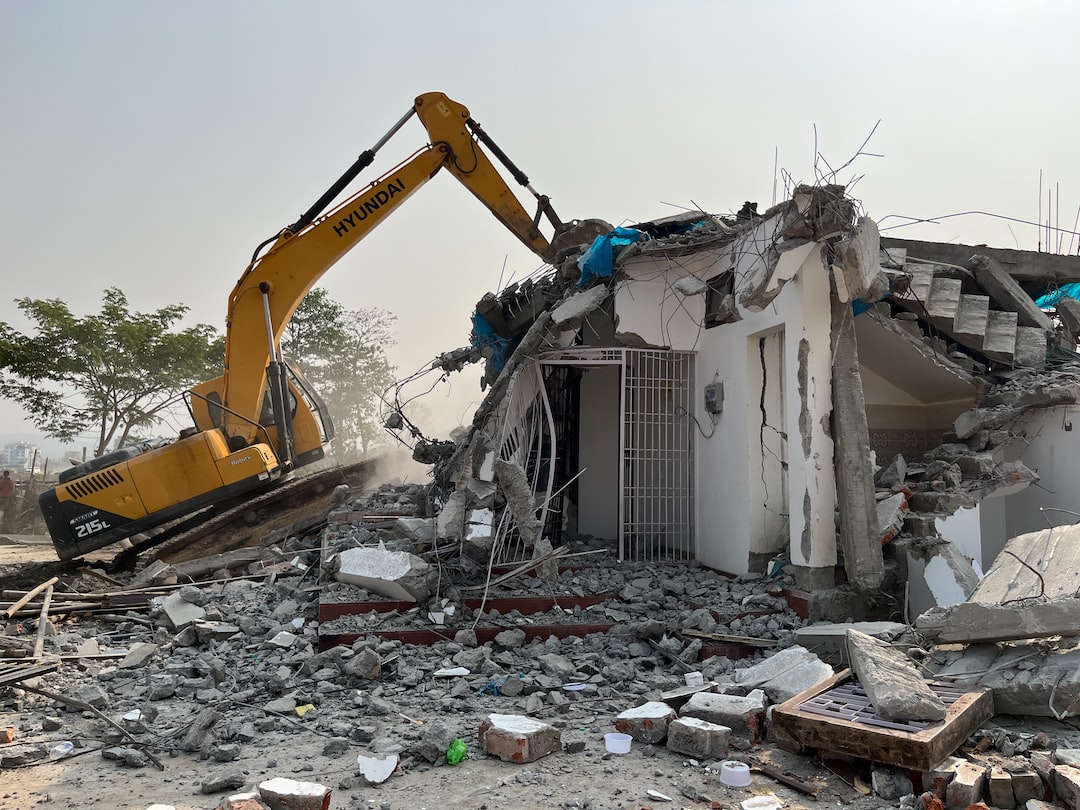In 2021, almost 30% of Minnesota residents lived in rental units. With so many renters out there, most landlords will eventually come upon a bad egg.
If one of your tenants is more trouble than they're worth, your best bet is to evict them. However, this process has many potential pitfalls. If you make even one mistake, there's a good chance you'll have to start over.
Want to ensure your eviction process goes as smoothly as possible? Read on to learn all about how evictions in Brainerd, MN work!
Provide a Notice to Quit
The first step in evicting a tenant is providing a Notice to Quit. This lets the tenant know they're in danger of eviction and what they can do about it.
In Minnesota, there are four reasons why you may evict a tenant:
- Failure to pay rent
- Conducting illegal activity
- Violation of the lease
- Non-renewal of the lease
All four reasons have different rules for providing a notice. For example, evicting a tenant over not paying rent involves giving them a written 14-day Notice to Quit. Some situations will depend on your lease terms.
File a Legal Complaint
Has the notice period passed without your tenant rectifying the situation? If so, you can now file a legal complaint.
To file the complaint, head to the justice court your property belongs to. Fill out the relevant forms, then pay the filing costs. Of course, if you've hired a property manager, they'll take care of all eviction costs.
Serve the Tenant
Next, you'll serve the Complaint and Summons to your tenant. These documents will contain information such as the time and date of the trial.
If you're evicting a tenant over illegal activity, you must serve the Summons within a day of receiving them. For all other cases, eviction protection laws say you need to serve them at least seven days before the hearing.
In Minnesota, you can't serve these documents by yourself. Find someone uninvolved with the case to do it for (or with) you. If the tenant is unavailable, you can leave the documents at their place of residence.
Attend the Hearing
At the hearing, your main goal is to get a Judgment for Possession. To do so, you need to offer a strong argument and solid evidence against the tenant.
Some common examples of the evidence you may need are:
- Copy of the lease
- Rent ledgers and receipts
- Witness statements
- Bank statements
- Photo evidence of tenant violations
If the court rules in your favor, they'll issue you a Writ of Recovery. Once you receive it, the tenant will have 24 hours to vacate your rental property. At most, they'll request a stay of execution, which lasts up to seven days.
Tenant Evictions in Brainerd, MN
The bottom line: evictions can take a while. If you've never gone through this process before, consider hiring a lawyer or property manager to assist you.
Interested in more landlord advice? Want to hire a professional property manager to assist you in evicting a tenant? PMI Minnesota can help; fill out this form and we'll get back to you soon!


